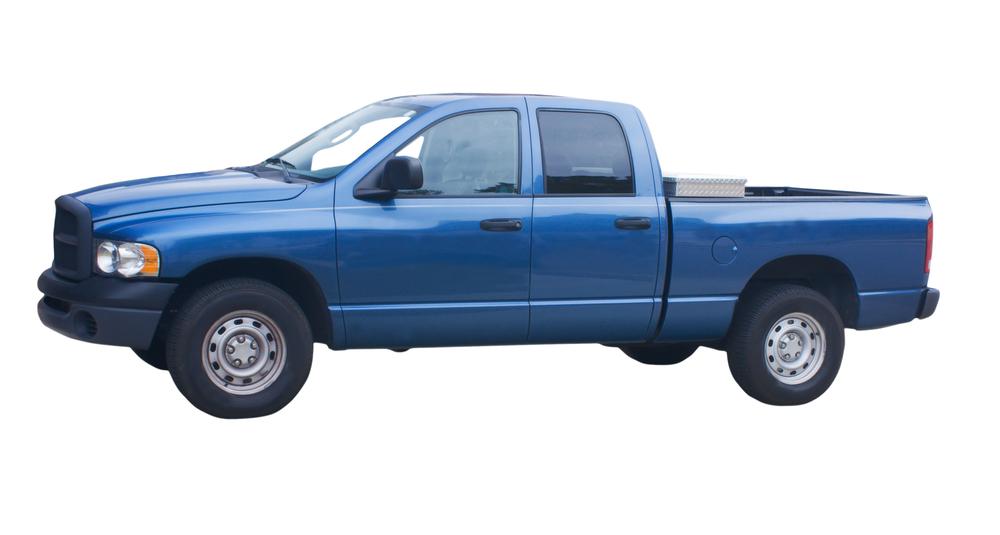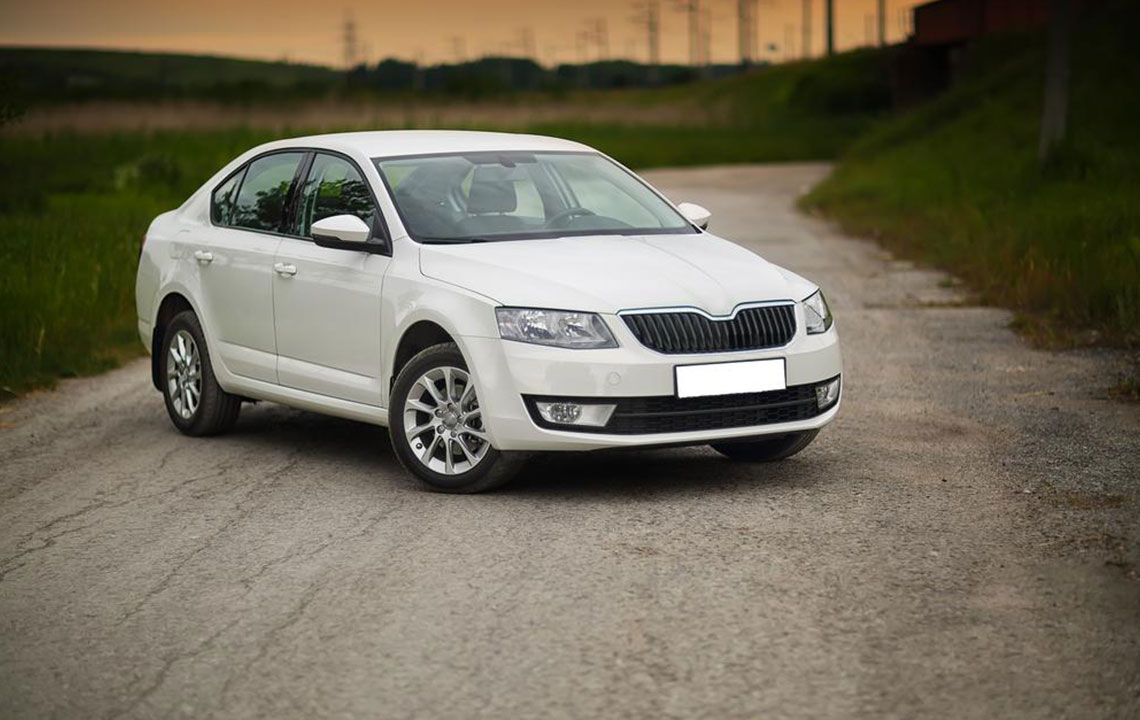Ultimate Guide to Buying a Used BMW: Tips and Insights for Smart Purchase
This comprehensive guide provides essential tips for buying a used BMW, emphasizing inspection, research, and negotiation strategies. Learn how to identify potential issues, evaluate the vehicle thoroughly, and secure a reliable, high-quality used BMW at a fair price. Perfect for enthusiasts and first-time buyers, this article ensures your purchase is smart and satisfying, helping you enjoy luxury and performance without overspending.

Comprehensive Key Factors to Consider When Purchasing a Pre-Owned BMW
Essential Tips for Buying a Quality Used BMW
Owning a BMW is often seen as a status symbol, representing luxury, cutting-edge technology, and exceptional driving performance. However, new BMW models can come with a hefty price tag, making them less accessible for many car enthusiasts. Fortunately, purchasing a pre-owned BMW can offer a practical and financially savvy way to experience the brand’s signature quality and excellence without breaking the bank. Given BMW’s reputation for engineering precision and innovative design, buying a used model requires careful attention to detail. The goal is to ensure that your investment is sound and that the vehicle will serve you reliably for years to come. Here, we delve into the comprehensive factors you should consider to make a well-informed purchase.
Is Buying a Second-Hand BMW a Smart Decision?
Buying a used BMW can be a smart move if you conduct thorough research and inspections. It grants access to premium features at a fraction of the original cost.
Second-hand models typically depreciate less quickly than new vehicles, meaning you can find higher-end trims and features at reduced prices.
While the allure of owning a BMW is undeniable, it's critical to recognize that used models may present hidden issues that could lead to substantial repair costs in the future. Here’s a detailed overview of how to avoid common pitfalls and ensure you make a wise purchase.
Tips to Avoid Costly Mistakes When Buying a Used BMW
Perform a thorough inspection to identify hidden damages or signs of previous accidents which might not be initially obvious.
Utilize a comprehensive checklist during your inspection to cover all crucial components of the vehicle.
What Does a Mechanical Inspection Include?
Assess the vehicle’s interior, including seats, upholstery, dashboard, and any signs of interior repairs or damage.
Examine the engine bay for rust, leaks, dirt, or corrosion, which can be indicative of neglect or upcoming maintenance issues.
Additionally, observe the exterior for anomalies such as mismatched paint, uneven panels, or inconsistent gaps, which could signify previous accidents or poor repairs.
Practical Steps Before Finalizing Your Purchase
Take the vehicle for a test drive in various conditions—city streets and highways—to comprehensively evaluate ride quality and handling.
Check engine responsiveness, brake function, steering, and suspension behavior.
Be attentive to unusual noises, vibrations, or warning lights during the drive.
Importance of a Leak Test
Drive on a clean, dry road to observe if any fluids leak beneath the vehicle afterward.
Different colored fluids can indicate different issues: black for oil leaks, green for coolant leaks, and pink for transmission problems.
Engaging a professional mechanic can provide an in-depth diagnosis, revealing hidden issues before you commit to purchase.
Research and Evaluation Checklist
Investigate the specific model and manufacturing year to understand common issues and reliability ratings.
Take your time to compare options from various sellers, including private owners and dealerships.
Verify the vehicle’s history by decoding the VIN, looking into prior ownership, accidents, and maintenance records.
Review service and maintenance history for consistent upkeep and understanding of previous repairs.
Prioritize certified pre-owned BMWs, which often come with extended warranties and assurance of quality.
Negotiate the price based on your findings, especially at authorized dealerships where some flexibility exists.
Calculate total ownership costs, considering insurance premiums, potential repairs, and scheduled maintenance.
Select a vehicle style that complements your lifestyle, whether a sporty coupe, a practical sedan, or a versatile SUV.
Thoroughly review all paperwork, ensuring clarity on titles, warranties, and vehicle history before completing the deal.
Why Opt for a BMW?
BMW is renowned for its innovative design, exceptional performance, and luxurious amenities.
The brand’s engineering guarantees high reliability and durability backed by German precision manufacturing.
Choosing a used BMW makes this high-performance vehicle more accessible, allowing you to enjoy premium features at an affordable price.
Overall, patience, diligent research, and meticulous inspection are crucial when shopping for a pre-owned BMW. By following these detailed tips, you can secure a vehicle that not only meets your expectations but also provides excellent value. An informed purchase ensures peace of mind and a satisfying ownership experience, making your investment truly worthwhile. Whether you are a first-time buyer or an experienced enthusiast, these guidelines will help you navigate the used BMW market with confidence, turning your dream of driving a premium German automobile into a reality.




